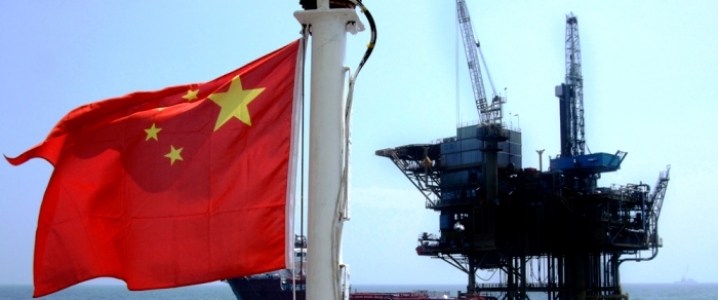
Our friends over at Ursa published a blog post yesterday discussing crude inventories at Kyaukphyu in Myanmar, highlighting the seeming political nature of recent crude flows to the storage hub.
Crude is delivered to CNPC’s Kabala terminal in Myanmar and is stored at Kyaukphyu before being transported by pipeline to the Yunnan refinery in China.
Since the terminal started up in April 2017, we can see from our ClipperData that there has been nearly 80 million barrels discharged there. Saudi Arabia is a steady supplier, accounting for about a half of all crude deliveries – and mostly Arab Medium – with volumes averaging about a VLCC a month (about 2 million barrels).

The terminal at Kyaukphyu – and hence the Yunnan refinery – typically imports light and medium sour grades, including UAE’s Das and Upper Zakum, Qatari Al Shaheen, Omani export crude and Iraqi Basrah Light, but has also imported sweet grades – including Angolan Girassol and Azeri Light.
As the chart above illustrates, a couple of Iranian cargoes have been delivered in the last few months – including 1.1mn bbls of light sweet South Pars condensate in June. Although we are seeing a dip this month in total Iranian barrels into China, it is expected that Iran will increasingly try to muscle its way in, as it is muscled out of elsewhere.
Chinese imports of Iranian barrels are at 650,000 bpd through the first seven months of the year, after running closer to 600,000 bpd in recent years. Central China typically receives the most, but flows have dropped considerably to the region this year, instead heading to southern and northern destinations.
As our ClipperData illustrate below, Iranian grades into northern Chinese ports – and mostly Qingdao, Rizhao, Tianjin, Caofeidian and Dalian – have been on the rise in recent years, averaging over 300,000 bpd so far this year.
Rising flows into northern China has been a common theme in the first half of the year, with total imports up over 8 percent on a year-over-year basis. That said, imports have dropped off considerably since May, after the government changed the tax structure for independent refiners. Nonetheless, Iranian imports into the region are holding up for now.
Imports of U.S. crude into northern China, on the other hand, look set for a bout of weakness. Nearly a half of U.S. crude imports to China make their way to the independent refiners in the north. Amid the threat of tariffs and trade wars, flows of mostly light sweet U.S. crude – WTI, Midland WTI, DSW and Bakken – have already slowed from the highs of Q2. While this lower trend should persist amid tighter price spreads, Iranian crude flows should continue apace.


